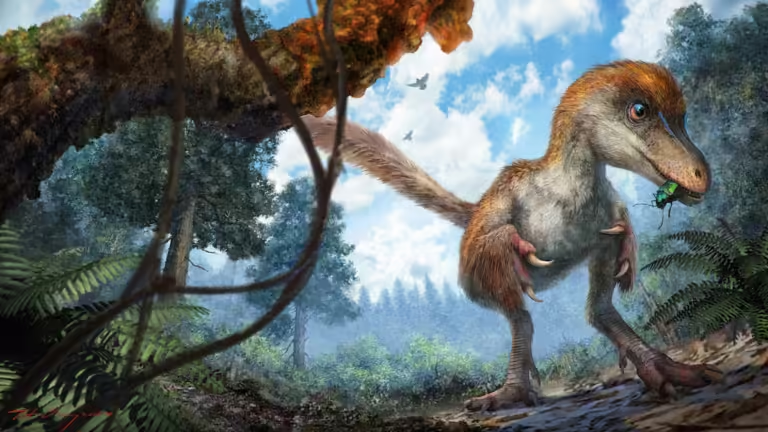Dinosaurs became extinct approximately 66 million years ago, likely due to a combination of catastrophic events, including a massive asteroid impact, volcanic activity, and climate change. This extinction event marks one of the most significant turning points in Earth’s history, wiping out approximately 75% of all species, including all non-avian dinosaurs. But what exactly caused these mighty creatures to disappear?
What is the Cretaceous-Paleogene (K-Pg) Extinction Event?
The Cretaceous-Paleogene (K-Pg) extinction event, formerly known as the Cretaceous-Tertiary (K-T) event, is the term scientists use to describe the mass extinction that occurred around 66 million years ago. This period marks the end of the Cretaceous Period and the beginning of the Paleogene Period. It’s at this boundary that a thin layer of sediment rich in the element iridium—rare on Earth but common in asteroids—has been found worldwide, indicating a sudden and catastrophic event.
The Asteroid Impact Theory
The most widely accepted theory is that a massive asteroid struck Earth, causing widespread destruction and leading to the extinction of the dinosaurs. This theory gained traction with the discovery of the Chicxulub crater in the Yucatán Peninsula in Mexico, which is over 180 kilometers (112 miles) wide and dates back to around the same time as the extinction event.
The impact would have released energy equivalent to billions of atomic bombs, leading to massive wildfires, tsunamis, and an “impact winter” caused by debris blocking out sunlight. This sudden climate change would have been catastrophic for most life on Earth, leading to the rapid extinction of many species, including the dinosaurs.
Volcanic Activity: The Deccan Traps
Another significant theory suggests that prolonged volcanic activity in the Deccan Traps in present-day India contributed to the dinosaurs’ extinction. The Deccan Traps are one of the largest volcanic features on Earth, with layers of lava covering an area of about 500,000 square kilometers (193,000 square miles). These eruptions would have released massive amounts of volcanic gases, including sulfur dioxide and carbon dioxide, into the atmosphere.
These gases could have caused acid rain, global cooling (due to the reflection of sunlight by sulfur aerosols), and later global warming (due to increased carbon dioxide levels), creating a hostile environment for dinosaurs and other life forms.
Climate Change and Environmental Shifts
Changes in Earth’s climate and environment, possibly due to both asteroid impact and volcanic activity, created conditions that dinosaurs could not survive. The drastic temperature fluctuations, changes in sea levels, and loss of habitats would have made survival increasingly difficult for many species. Some species might have been more vulnerable due to their specific ecological niches, leading to a gradual decline before the final extinction event.
Other Theories and Hypotheses
Various other theories have been proposed, though they are less widely accepted. Some scientists have suggested that diseases, competition from mammals, or even multiple asteroid impacts might have contributed to the extinction. However, these theories lack the robust evidence that supports the asteroid impact and volcanic activity hypotheses.
What Happened to Other Species?
The K-Pg extinction event also affected many other species, including marine reptiles and plants. However, not all life forms perished. Some species, particularly small mammals, birds, and certain reptiles, survived the harsh conditions. These survivors eventually evolved to fill the ecological niches left vacant by the dinosaurs, leading to the rise of mammals and, ultimately, the evolution of humans.
Current Understanding and Ongoing Research
Scientists continue to study the extinction event to uncover more details. Advances in technology, such as improved dating methods and computer simulations, allow researchers to refine their understanding of what happened. Each discovery helps paint a clearer picture of the events that led to the extinction of the dinosaurs, though many questions remain unanswered.
Conclusion
While the asteroid impact theory remains the most widely accepted explanation for the extinction of the dinosaurs, it is likely that a combination of factors, including volcanic activity and climate change, played a role in their disappearance. Understanding this event not only satisfies our curiosity about Earth’s history but also provides insights into the fragility of life and the potential impacts of future catastrophic events.



